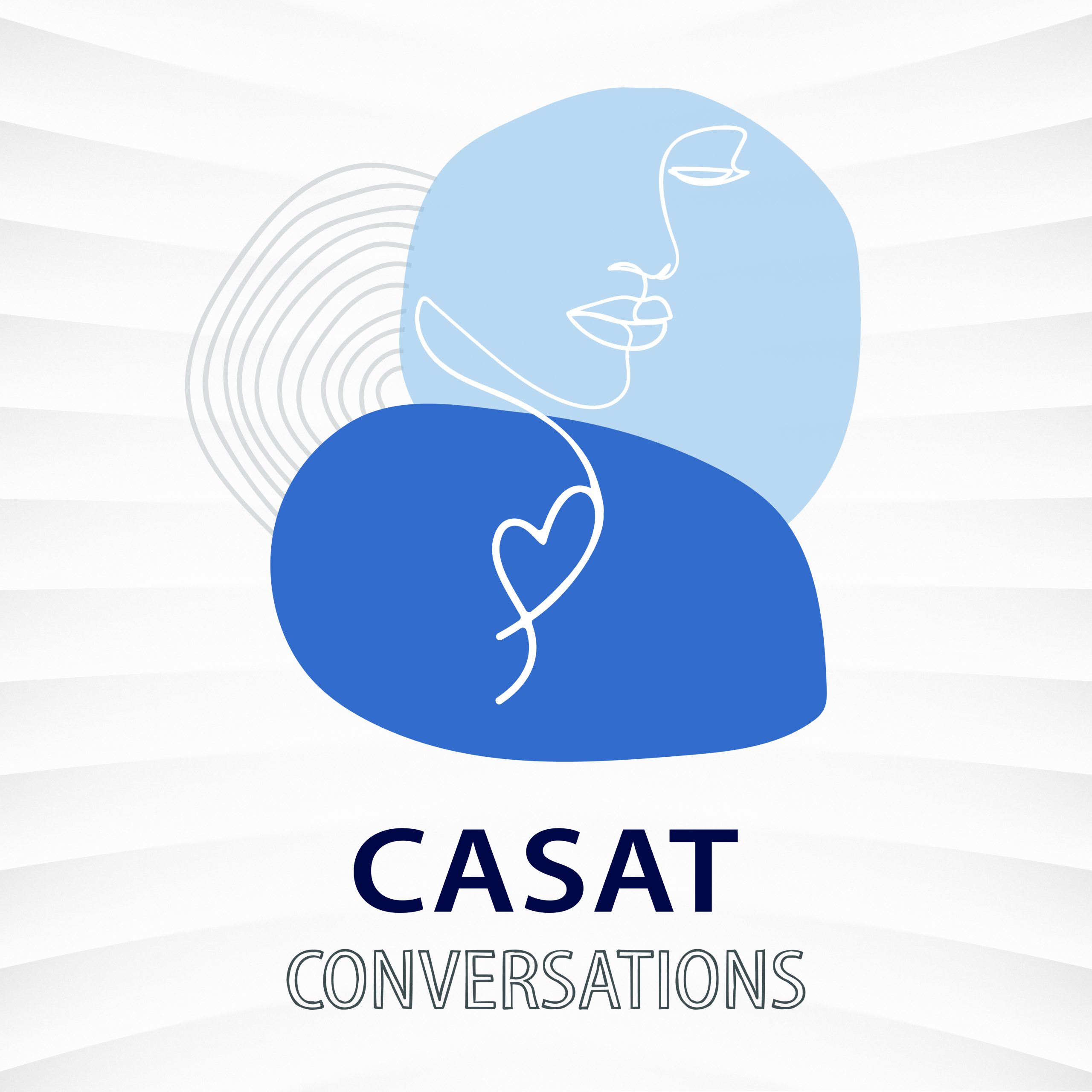What is Sanctuary Trauma and Why is it Important?
“After eons of inter-generational violence, degradation, confusion, irrationality, deceit, and disaster, humanity is at a crossroad. There is an urgent need for us to adapt in a different way, to change the way we do things, the way we think, how we manage our emotions, and, perhaps most importantly, how we treat each other and the complex ecological system in which we are all embedded. We live in a traumatized world that needs to heal if we are to survive.”
Sandra Bloom & Brian Farragher (2013)
The term, “sanctuary trauma” was first coined by Dr. Steven Silver and occurs when an individual who has experienced a traumatic event goes to somewhere they expect to be supportive and healing, only to discover more trauma and stress. An example, described by Dr. Steve Rose, is when a Veteran who has faced either physical or mental injuries find themselves battling stacks of paperwork, endless wait times, and sometimes wrongful denials of initial applications when trying to get services.
Sanctuary trauma not only impacts the people being served, but also the staff, and the organization itself. Bloom & Farragher (2013) describe organizations as living complex systems that are vulnerable to trauma and chronic stress. They discovered seven relevant ways that organizations destroy sanctuary:
- Organizational Stress – When an organization is under constant stress, repetitive trauma and prolonged crisis, the people within the organization are left feeling unsafe (with their clients and even at times with their colleagues). Perceived lack of safety (both physical and psychological) can result is a highly reactive organization that sees threat rather than opportunity, pathology rather than strength, and risk rather than reward. This could result in physical violence, abusive behavior, or pervasive mistrust within the organization.
- Loss of emotional management – When an environment is constantly in crisis, staff may not have the space or capacity to acknowledge and manage their own emotions, which can lead to difficulty in providing a healing environment. When experiencing overwhelming stress and burnout, staff members may have little left to give. As such they may struggle with providing empathy, care, concern, and tolerance for the people they serve. Since research shows that emotions are contagious, this can have a negative impact on client outcomes.
- Organizational Learning Disabilities and Organizational Amnesia – The impact of stress on cognitive abilities is well documented. When chronic stress is rampant within an organization, decision-making abilities are compromised and often result in short-sighted policy decisions. In addition, organizational memory may be lost, and organizational amnesia may impact services which can become fragmented.
- Miscommunication, Conflict, and Organization Alexithymia – When a lack of communication persists in an organization, and people are unable to talk about the things that are bothering them, this can often result in chronic unresolved conflict, and unproductive communication (petty arguments, gossip, unresolved feelings of anger, and frustration), which ultimately lowers morale.
- The Uses and Abuses of Power – As a result of communication breakdown, compounding errors, and continual crisis, organizational leaders often become more controlling and authoritarian. This can result in employees losing a sense of self-efficacy and autonomy
- Punishment, Revenge, and Organizational Injustice – As communication continues to breakdown, and power over continues, organizations often become more punitive in an effort to maintain control. The result can be a group of people who are chronically stressed, and feel chronic shame, guilt, and anger.
- Unresolved Grief, Reenactment and Decline – When systems are broken, loss is inevitable. There is often a revolving door of staff and leaders, and grief can be experienced as people depart. In addition, people may feel worn down, exhausted, depressed, angry, demoralized, and hopeless. This results in staffing shortages, a decline in care delivery, and ultimately a loss of meaning and purpose in the work.
In addition to classifying ways that sanctuary has been destroyed within organizations, Bloom & Farragher (2013) have also identified a “parallel process”, which is a framework that aims to understand the interconnection of trauma among clients, staff, and the organization as outlined below.
| Clients | Staff | Organization |
| Feel unsafe | Feel unsafe | Is unsafe |
| Aggression | Punitive | Punitive |
| Helpless | Helpless | Stuck |
| Hopeless | Hopeless | Missionless |
| Hyperarousal | Hyperarousal | Crisis Driven |
| Fragmented | Fragmented | Fragmented |
| Overwhelmed | Overwhelmed | Overwhelmed |
| Confused | Confused | Valueless |
| Depressed | Demoralized | Directionless |
As you can see, organizations are not exempt from trauma and in many cases perpetuate trauma. Bloom & Farragher (2013) describe what a place of sanctuary would actually look like. It is described as a place where people:
- Feel a sense of safety (physically, psychologically, socially, and morally safe)
- Effectively solve problems as they arise and make wholesome decisions without becoming destructive
- Treat each other with respect and enhance emotional development
- Honor cultural diversity
- Continually learn how to peacefully resolve problems and conflicts
- Every person in the system has a voice and is expected to contribute to the well-being of the whole
- Contribute their own unique work AND have a sense of responsibility for the common good
- Adapt to the changing conditions without losing what is more important to them
- Have an established vision for a better future to determine what to do in the present
- Work towards a better vision of the future and uses that guiding vision to make decisions in the present moment.
In order to create a framework for how to create sanctuary within organizations, they have developed an organizational change model, known as, “The Sanctuary Model”. They describe it as an organic guided process that helps to build a trauma-informed culture. This model adopts Seven Sanctuary Commitments which include a set of values that create sanctuary. They are defined as follows:

Commitment to Nonviolence: Modeling and building safety skills

Commitment to Emotional Intelligence: Modeling and teaching emotional intelligence

Commitment to Inquiry & Social Learning: Modeling and developing cognitive skills

Commitment to Democracy: Modeling and increasing skills of self-control, self-discipline, and self-efficacy.

Commitment to Open Communication: Modeling and creating a culture of health communication and healthy boundaries.

Commitment to Social Responsibility: Modeling and developing health relationships.

Commitment to Growth and Change: Restoring hope, meaning and purpose.
Other key components of the model include the sanctuary toolkit and the shared language of self. The tool kit includes practical interventions (i.e., community meetings and safety plans), that reinforce the overarching model and further support safety and connection within the organization. In addition, the helpful acronym SELF ( safety, emotion management, loss and future) are four important components that guide treatment planning, community conversations, and collaborative decision making in an effort to help heal trauma. To learn more about this model, and how you can make your organization a sanctuary for the people you serve visit their website, or read their book Restoring Sanctuary.
Ready to Learn More:
 Listen to Season 4 of CASAT Conversations. Season 4 delves into the topic of secondary and vicarious trauma experienced by people who work in the field of human services. You’ll hear from researchers, authors, clinicians, and people with lived experience who share about the importance of this topic, along with ways to care for yourself, and the value of having a community of support. In each conversation, we hope you find a nugget of information that will support you in the work you do. In episode 5, you’ll hear from Dr. Steve Rose. We discuss many relevant theories including transitional injury, sanctuary trauma, and moral injury and how these theories may apply to first responders and health care professionals. Listen to episode 6 today!
Listen to Season 4 of CASAT Conversations. Season 4 delves into the topic of secondary and vicarious trauma experienced by people who work in the field of human services. You’ll hear from researchers, authors, clinicians, and people with lived experience who share about the importance of this topic, along with ways to care for yourself, and the value of having a community of support. In each conversation, we hope you find a nugget of information that will support you in the work you do. In episode 5, you’ll hear from Dr. Steve Rose. We discuss many relevant theories including transitional injury, sanctuary trauma, and moral injury and how these theories may apply to first responders and health care professionals. Listen to episode 6 today!
References
Rose, S. (2021). What is sanctuary trauma? Steve Rose, PhD. Retrieved January 9, 2023, from https://steverosephd.com/sanctuary-trauma-and-the-sacred/
Bloom, Sandra & Farragher, Brian. (2013). Restoring Sanctuary: A New Operating System for Trauma-Informed Systems of Care. Oxford University Press.
Sanctuary Institute. (2022). The Sanctuary Model. Sanctuary Institute. Retrieved January 9, 2023, from https://www.thesanctuaryinstitute.org/about-us/the-sanctuary-model/
Blog Post Tags:
Related Blog Posts
Related Learning Labs
Related Resources
.
- Buscar Tratamiento de Calidad para Trastornos de uso de Sustancia (Finding Quality Treatment for Substance Use Disorders Spanish Version)
- Finding Quality Treatment for Substance Use Disorders
- Focus On Prevention: Strategies and Programs to Prevent Substance Use
- Monthly Variation in Substance Use Initiation Among Full-Time College Students
- The National Survey on Drug Use and Health (NSDUH) Report: Monthly Variation in Substance Use Initiation Among Adolescents









ME DA MUCHA INFORMACION, GUIA A MIS DUDAS, Y ORIENTACION A UN MUNDO DE POSIBILIDADES, Y LOGRAR FUNDAMENTAR PROPUESTAS. GRACIAS.
Interesting concept, I work in emergency medical services for a large company in Toronto. They have doubled down on all 7 destructive methods of management over the years, and it drives hundreds of new medics away from Toronto every year. If interviewed they would insist they are dedicated to the positive aspects of the sanctuary model, but it is lip service.
All one has to do is examine the system: Hiring/firing, dispatching of crews, relieving of crews in a timely manner, the number of supervisors to employees. Next look at how many people voluntarily leave for other services. Upper management is blind to the damage they cause medics.